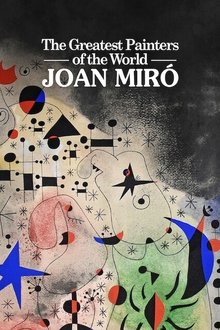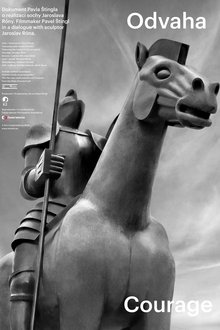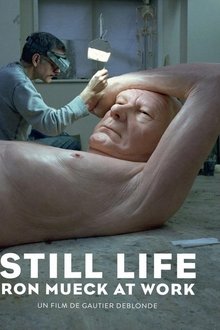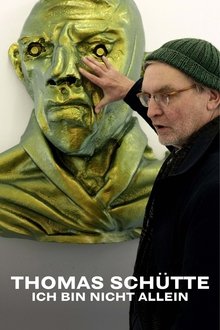“The artist, in his movement towards the ideal, upsets the stability of any one society. Society aspires to achieve stability; the artist aims for infinity. That is the artist’s responsibility and the spiritual sacrifice demanded of him.” Rui Chafes, O Perfume das Buganvílias, 2012 (19).
Related Movies
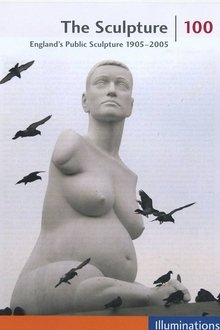
The Sculpture 100 (2005)
The Sculpture 100 is a journey through one hundred public sculptures made across one hundred years. In 1905, Thomas Brock and Aston Webb began work on their final grand celebration of Victoria Regina, the Victoria Memorial, at one end of London's Mall. A century later, Marc Quinn's Alison Lapper Pregnant sits triumphant on the fourth plinth in Trafalgar Square. This is a film about these, and ninety-eight other distinctive, significant, quirky, glorious public sculptures made for England in the century in between.
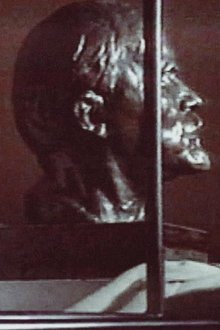
Disgraced Monuments (1994)
Filmmakers Laura Mulvey and Mark Lewis use rare archival footage and interviews with artists, art historians, and museum directors to examine the fate of Soviet-era monuments during successive political regimes, from the Russian Revolution through the collapse of communism. Mulvey and Lewis highlight both the social relevance of these relics and the cyclical nature of history. Broadcast on Channel Four as part of the 'Global Image' series (1992-1994).
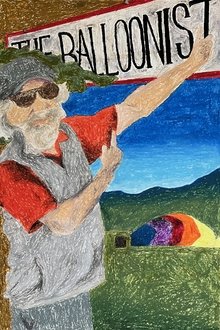
The Balloonist (2023)
Meet Brian Boland—the beloved, eccentric hot air balloonist and artist from the rural Upper Valley of Vermont.
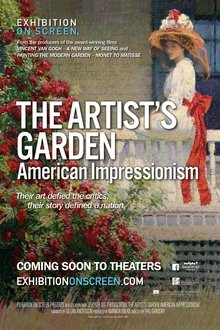
The Artist’s Garden: American Impressionism (2017)
Taking its lead from French artists like Renoir and Monet, the American impressionist movement followed its own path which over a forty-year period reveals as much about America as a nation as it does about its art as a creative power-house. It’s a story closely tied to a love of gardens and a desire to preserve nature in a rapidly urbanizing nation. Travelling to studios, gardens and iconic locations throughout the United States, UK and France, this mesmerising film is a feast for the eyes. The Artist’s Garden: American Impressionism features the sell-out exhibition The Artist’s Garden: American Impressionism and the Garden Movement, 1887–1920 that began at the Pennsylvania Academy of the Fine Arts and ended at the Florence Griswold Museum, Old Lyme, Connecticut.
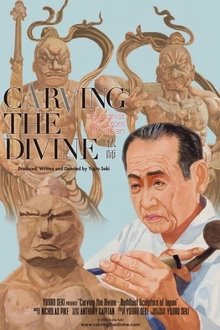
Carving the Divine (2019)
The documentary Carving the Divine offers a rare and intimate look into the life and artistic process of modern-day Busshi – practitioners of a 1400 year lineage of woodcarving that’s at the heart of Japanese, Mahayana Buddhism.
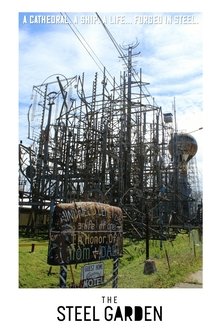
The Steel Garden (2023)
Tennessee outsider artist Billy Tripp has constructed a massive steel sculpture for the past 33 years, and is finally setting his sights on retirement. Former Brownsville native Randall Kendrick examines Tripp’s life and work as he builds one of the final pieces of his ever expanding sculpture, The Mindfield.
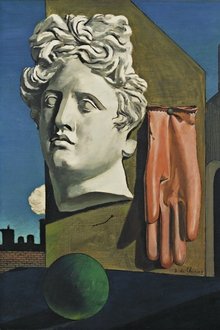
Dada Found Objects. Surreal Doodles and Dreams (NaN)
Contemplate the "anti-art" spirit of Dadaism, its nihilistic yet humorous indictment of civilization and bizarre use of unconventional media. In the sensibility of Surrealism, observe its compelling focus on the subconscious and two substyles - dream imagery, with its juxtaposition of objects and settings, and "automatic drawing," eliciting unplanned images from the unconscious.
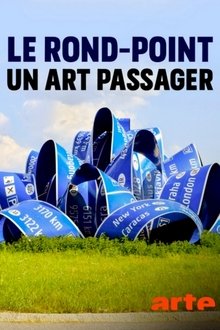
Roundabout Art (2020)
In Europe, road junctions have become public art galleries. A road trip across France, Switzerland, the Canary Islands, Greece and Germany exploring the glorious world of roundabout art.
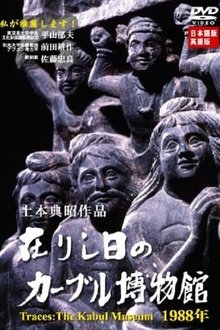
Traces: The Kabul Museum 1988 (2003)
The Kabul National Museum, once known as the "face of Afghanistan," was destroyed in 1993. We filmed the most important cultural treasures of the still-intact museum in 1988: ancient Greco-Roman art and antiquitied of Hellenistic civilization, as well as Buddhist sculpture that was said to have mythology--the art of Gandhara, Bamiyan, and Shotorak among them. After the fall of the Democratic Republic of Afghanistan in 1992, some seventy percent of the contents of the museum was destroyed, stolen, or smuggled overseas to Japan and other countries. The movement to return these items is also touched upon. The footage in this video represents that only film documentation of the Kabul Museum ever made.
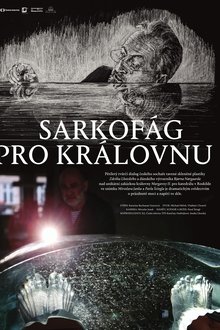
Sarcophagus for a Queen (2019)
Bjørn Nørgaard and a team of Czech glass artists in the demanding process of creating a grave monument for Queen Margrethe and Prince Henrik of Denmark.
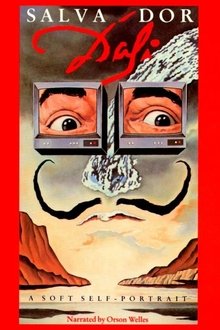
Soft Self-Portrait of Salvador Dali (1969)
A documentary about surrealist artist Salvador Dali, narrated by Orson Welles.
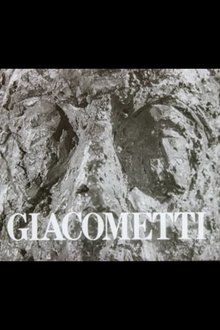
Giacometti (1967)
The Arts Council commissioned this film to coincide with their major retrospective of Giacometti's work at the Tate Gallery (now Tate Britain) in the summer of 1965. A similar exhibition was held concurrently at the Museum of Modern Art in New York, sealing the artist's reputation as a modern master.
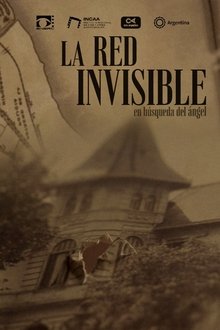
The Invisible Network (2024)
A project about the architectural, cultural, and social heritage of the city of Buenos Aires. An investigation about the enigmatic "Casa del Angel", a castle that used to belong to Dr. Carlos Delcasse, and the winged figure in one of its balconies that attracted the attention of all the neighbors: the sculpture of an Angel, which disappeared after the demolition of the house.

Seedbed (1972)
“In this legendary sculpture/performance Acconci lay beneath a ramp built in the Sonnabend Gallery. Over the course of three weeks, he masturbated eight hours a day while murmuring things like, "You're pushing your cunt down on my mouth" or "You're ramming your cock down into my ass." Not only does the architectural intervention presage much of his subsequent work, but all of Acconci's fixations converge in this, the spiritual sphincter of his art. In Seedbed Acconci is the producer and the receiver of the work's pleasure. He is simultaneously public and private, making marks yet leaving little behind, and demonstrating ultra-awareness of his viewer while being in a semi-trance state.” – Jerry Saltz (via: http://www.ubu.com/film/acconci_seedbed.html)

Christo: Wrapped Walk Ways (2009)
Wrapped Walk Ways, in Jacob Loose Memorial Park, Kansas City, Missouri, consisted of the installation of 136,268 square feet (12,540 square meters) of saffron-colored nylon fabric covering 2.7 miles (4.4 kilometers) of formal garden walkways and jogging paths.
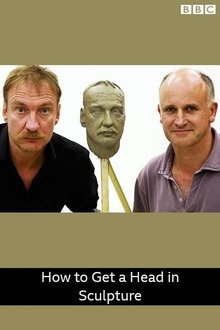
How to Get a Head in Sculpture (2011)
From the heads of Roman Emperors to the 'blood head' of contemporary British artist Marc Quinn, the greatest figures in world sculpture have continually turned to the head to re-evaluate what it means to be human and to reformulate how closely sculpture can capture it. Witty, eclectic and insightful, this film is a journey through the most enduring subject for world sculpture, one that carves a path through politics and religion, the ancient and the modern. Actor David Thewlis has his head sculpted by three different sculptors, while the Archbishop of Canterbury Dr Rowan Williams, artist Maggi Hambling and art critic Rachel Johnston discuss art's most enduring preoccupation, ourselves.
